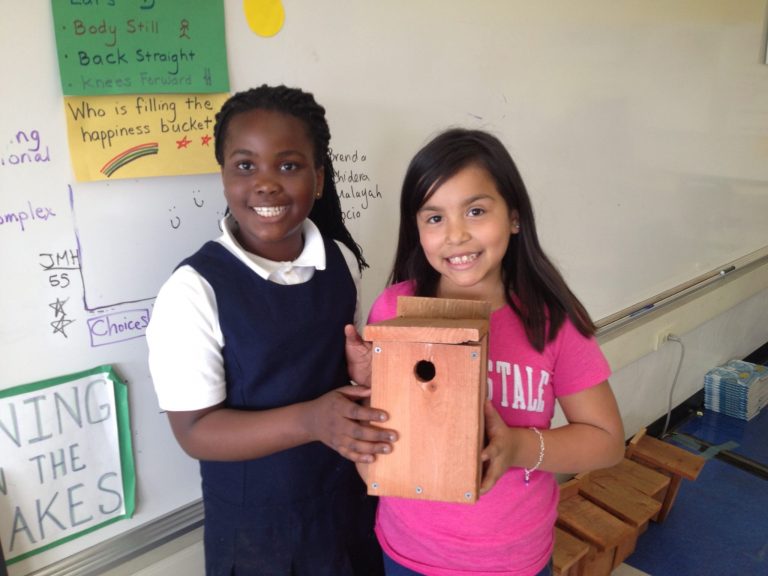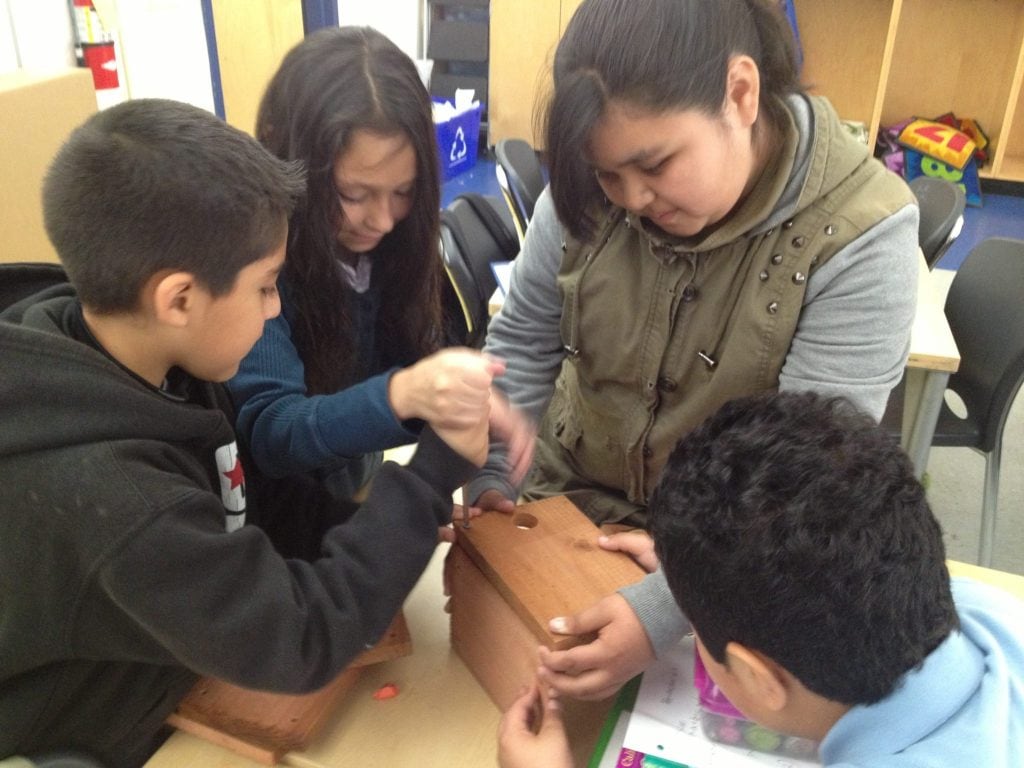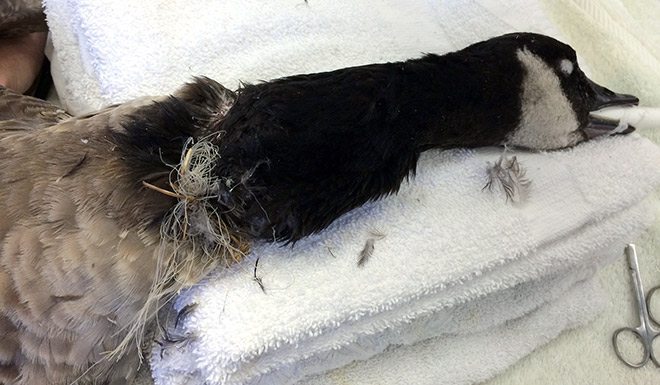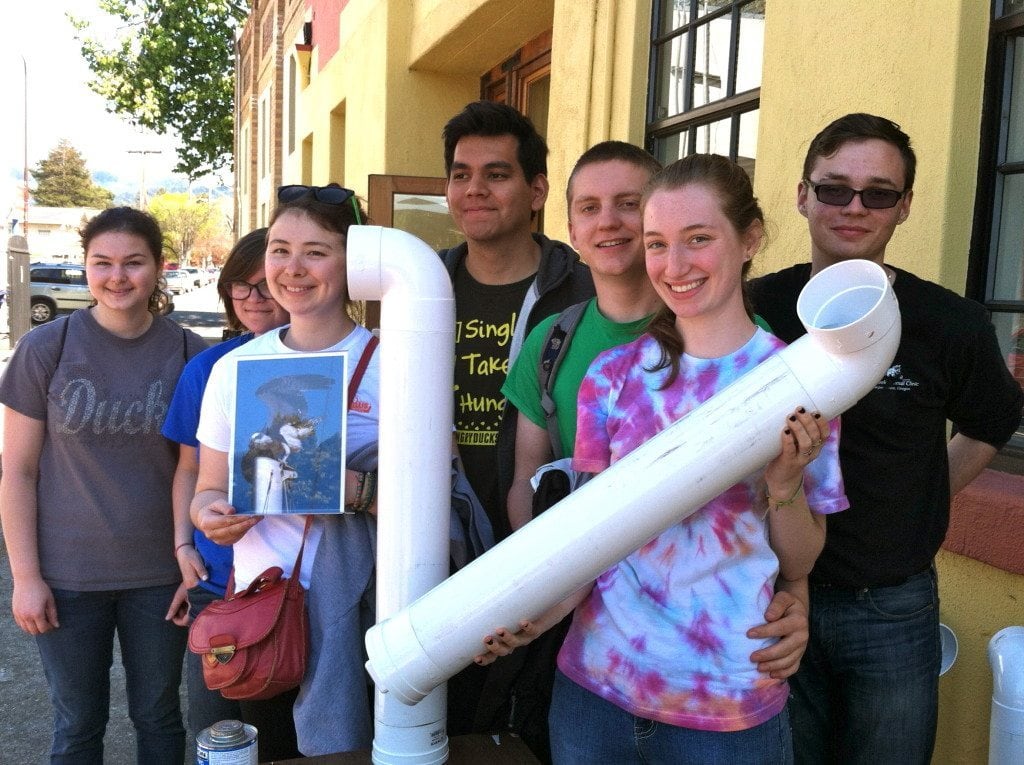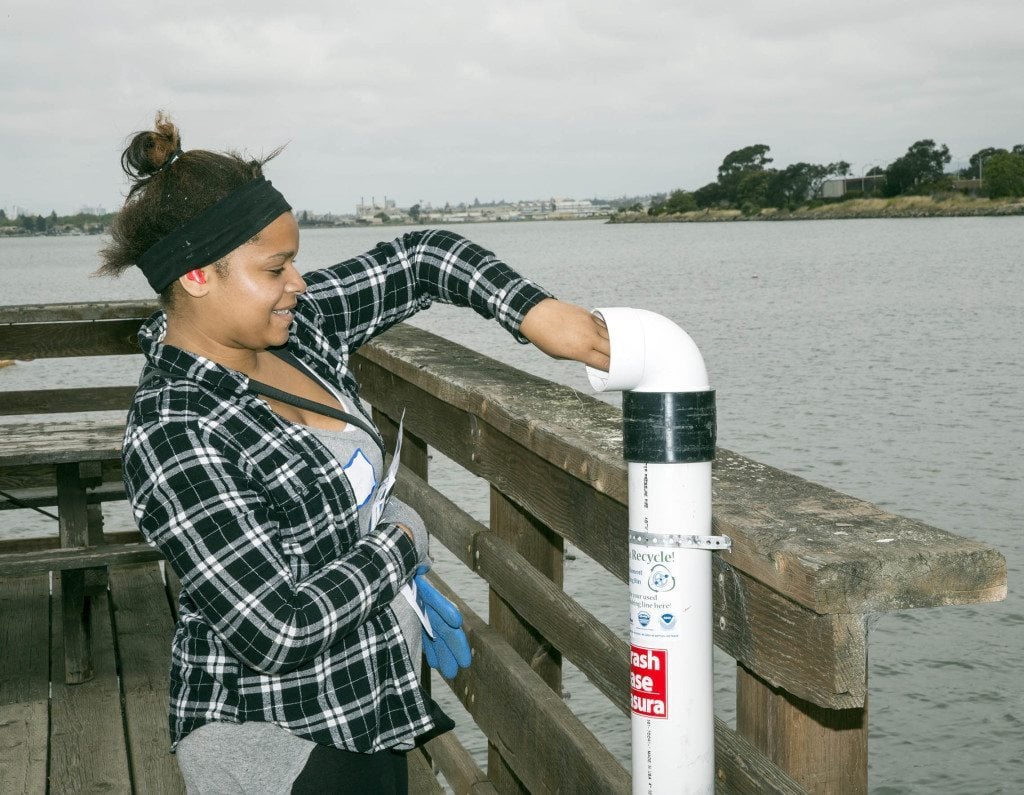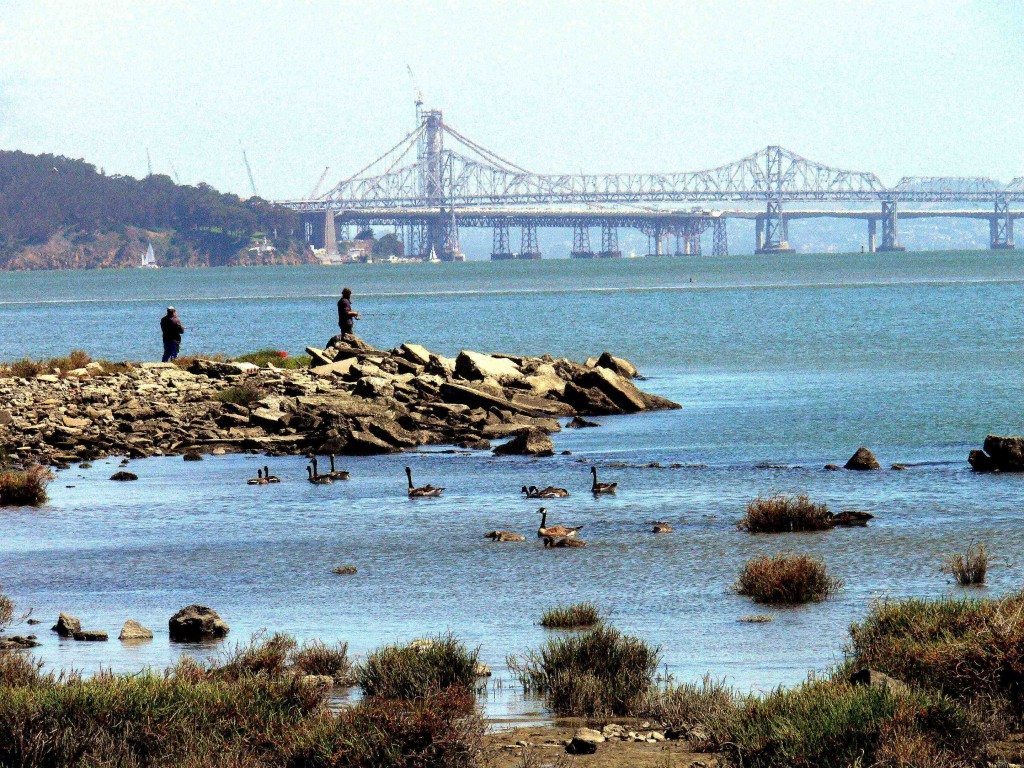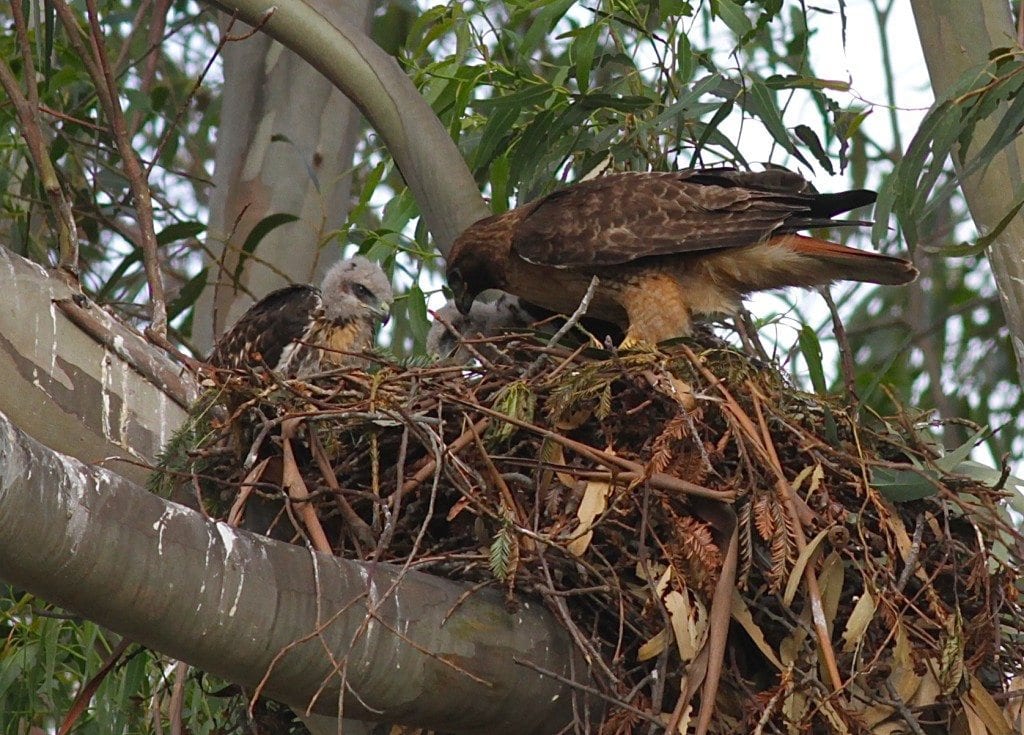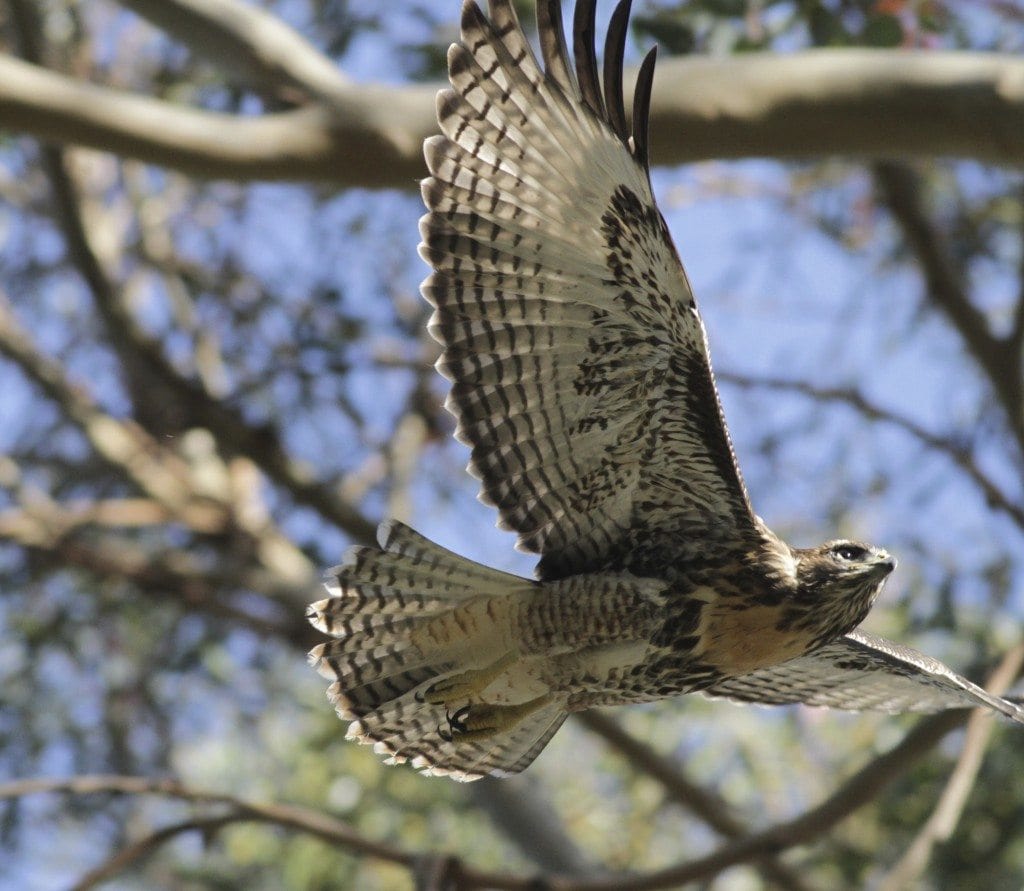My personal Pinnacles condor experience
By Richard Neidhardt
The California Condor and support for its recovery at Pinnacles National Park have captured much of my time over the last 5½ years.
This blog tells you a bit about my personal experiences with the condors of the Central California flock, a group of about 70 wild birds that make their home in the mountainous range between Big Sur and the San Joaquin Valley.
About the California Condor
When put into context, the California Condor tale is a success story. Condors have been in North America since pre-history and were first recorded in Monterey in 1604. But by 1982, due to human interference with nature, only 22 California Condors remained in the wild. In 1984, the federal government joined with many private groups in a massive initiative to save the condor from extinction through protective breeding practices.
Today, about 400 California Condors are alive, with over half of them living in the wild in Southern California, Baja Mexico, Central California, and Arizona/Utah.
 Condor in flight over Pinnacles National Park /
Condor in flight over Pinnacles National Park /
Photo by Sara Bartels
While this is great news, the California Condor remains a highly endangered species. The stark truth is that without help from mankind to repair past damage, address current threats like the use of lead ammunition, and provide vigilant monitoring and support, this awesome icon – the largest bird in North America – is unlikely to fully recover the strength to become a self-sufficient species.
Life as a Condor Recovery Program Volunteer at Pinnacles NP
This is where I come into the story.
In 2010, as a novice to condors, I began to volunteer with Pinnacles’ Condor Recovery Program. Since then I have been amazed, inspired, and challenged by the unceasing dedication of those working to help the condor sustain success in its wild habitat. As my awareness of the condor’s challenges has grown, I have witnessed challenges to this support program also emerge.
In 2013 Pinnacles National Monument became Pinnacles National Park. This brought national attention to Pinnacles and attracted a massive influx of new park visitors. Seeing the strains and challenges associated with this growth in park attendance, I extended my personal in-park efforts and began to raise funds for the Pinnacles Condor Recovery program. This led to my co-founding the Pinnacles Condor Fund in 2013. Today, this special interest fund is administered by the park’s friend’s group Pinnacles Partnership (PiPa).
Condors are a huge part of my life.…


